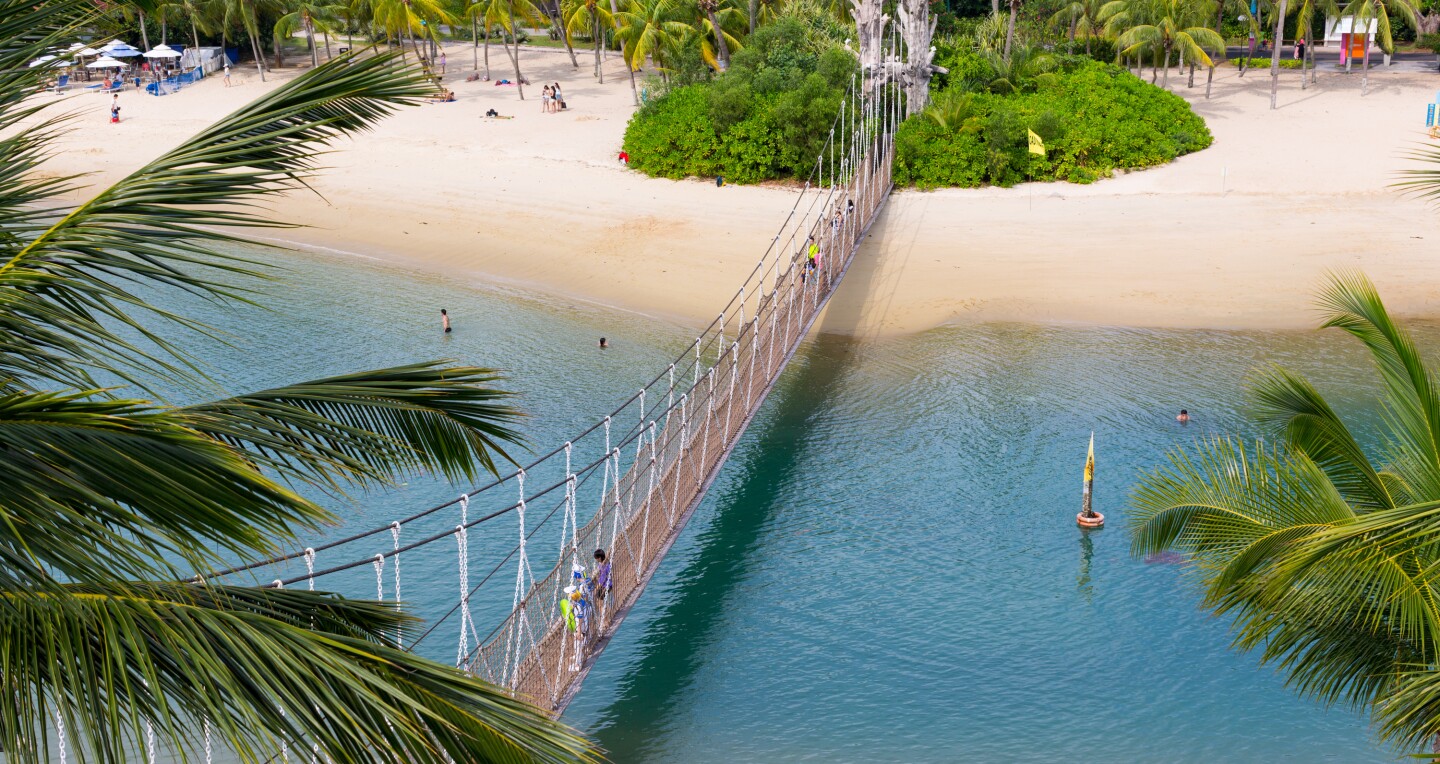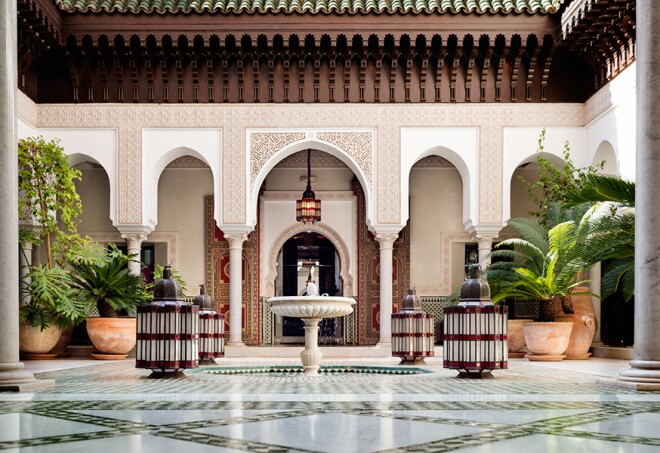Overview
Can’t miss things to do in Philippines
The Philippines’ charm stems largely from three characteristics: ancient cultures, natural beauty, and overwhelmingly friendly people. A visit to the beach is a must. Swimming with whale sharks is highly recommended (and completely safe). Island-hopping trips among the thousands of uninhabited islands are surprisingly affordable. A visit to a village where life has remained essentially the same for millennia—such as to Batad, set among rice terraces inscribed on the UNESCO World Heritage List—is a unique and humbling experience. Hospitality is an important part of Filipino culture, and if you socialize with locals you’re likely to be invited to a home-cooked family dinner.
Food and drink to try in Philippines
Filipino cuisine—like the culture—varies from island to island. It consists of a hodgepodge of Austronesian dishes influenced by neighbors (such as Malaysia) and former rulers (Spain and the United States). The result is a variety of paellas, pork, noodle-based dishes (known as pancit), and liberal use of soy sauce, vinegar, and fish sauce. Outside of large cities, few Filipinos frequent restaurants, and the best food is most often found on dinner tables in local homes. Fortunately, locals are wonderfully outgoing and quick to invite a new friend to dine with the family. Where possible and appropriate, accepting such invitations is recommended.
Culture in Philippines
The Philippines lacks many of the characteristics shared by other Southeast Asian countries. While others in the region have strong Buddhist and East Asian traits, Filipinos are a primarily Austronesian people (the same who later migrated to Tahiti and Hawaii), strongly influenced by three centuries of Spanish rule and a long American military presence. The culture is best described as Asian–Latin American. American fashion and rock-and-roll culture are popular, Catholicism is widespread, and colorful Filipino Jeepneys are practically identical to Latin American “chicken buses.” Music completely ingrained in the culture and ancing is an unofficial national pastime.
Shopping
Low prices and affordable alterations make shopping any place in Asia a treat. This is especially true in the Philippines, said by some to be Asia’s shopping capital. Western styles are common, and malls are so popular that many of the world’s largest reside in the country. For high-end shopping in Manila, Greenbelt in the Makati district is the obvious choice. The SM Megamall in the Ortigas district is the biggest shopping center in the country and is an impressive sight. Bargain hunters should head for Greenhills in the San Juan district, where pearls are plentiful, designer goods suspect, and shopkeepers ready to bargain. The best times to shop are after Christmas and Valentine’s Day, when sales are ubiquitous.
Practical Information
March through May are the hottest months in the Philippines, followed by a rainy season that lasts until October. November to February are the most temperate months to visit. Most nationalities don’t need a visa for trips of up to 30 days, though an ongoing ticket and a passport that’s valid for at least six months are required. Air conditioning on buses can be frigid, so be sure to take warm clothing. The currency is the peso; English is widely spoken. Electricity is 220 volts.
How to get around Philippines
The majority of international flights land in Manila, though there are other options if you want to avoid the chaotic capital. For a nonstop flight from the United States, book on Philippine Airlines. As of October 30, 2018, the airline launches nonstop service from JFK to Manila five times per week. Domestic travel in the Philippines is affordable. Islands are easily reached on airlines including Cebu Pacific Air, Philippine Airlines, PAL Express, and AirAsia Philippines. You can also island hop by ferry. Book through 2Go Travel.







